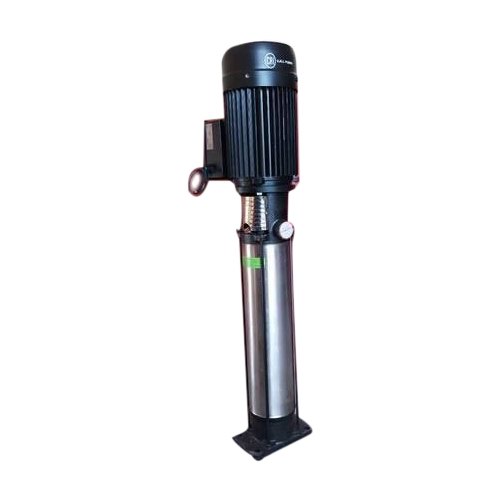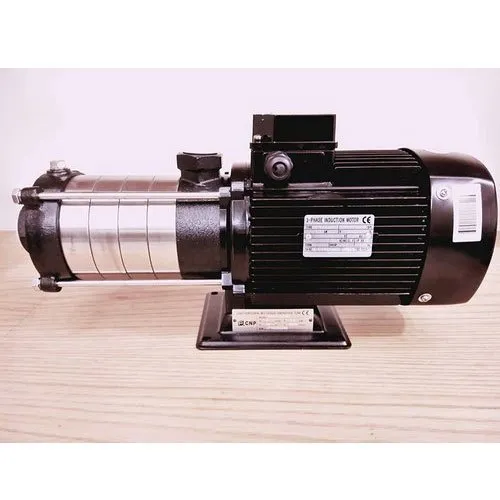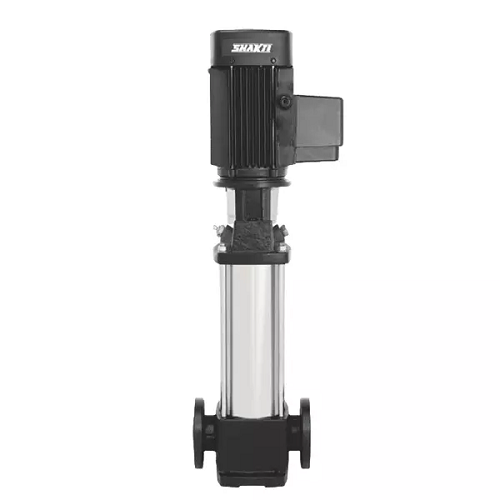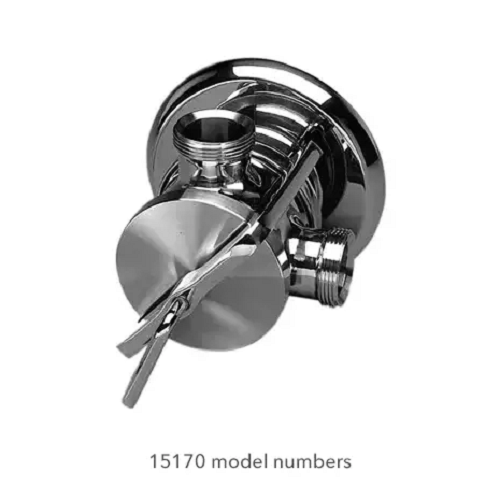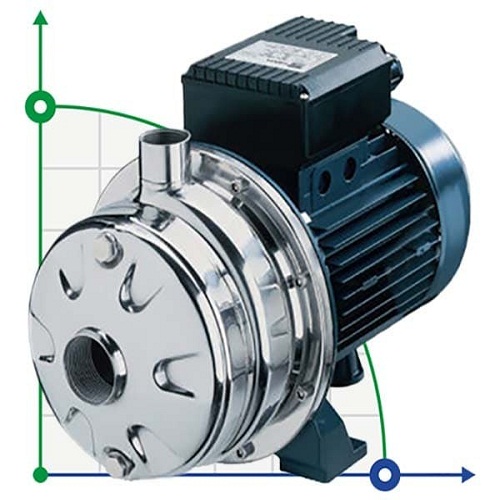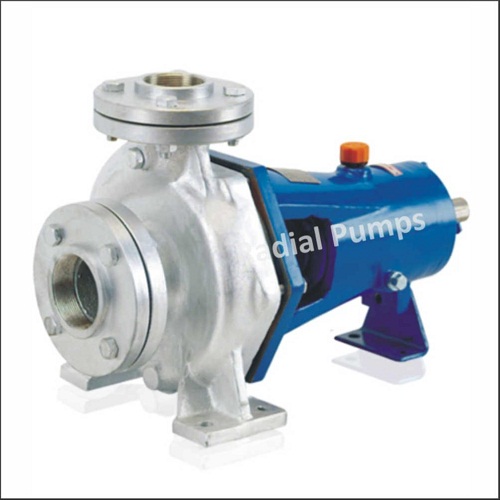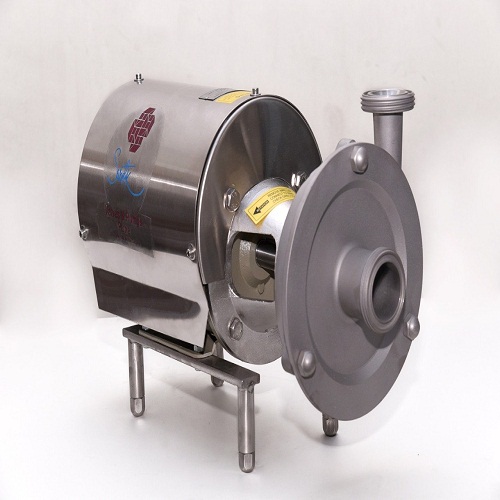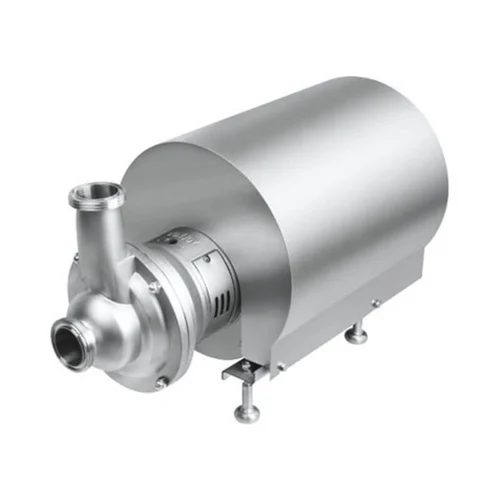
our category
CIP PUMP
CIP Pump: The Heart of the Clean-In-Place System
A CIP pump is a specialized pump used in Clean-In-Place (CIP) systems, which are designed to clean the interior surfaces of pipes, tanks, pumps, and other equipment in industrial processes without disassembly. The CIP pump plays a crucial role in circulating cleaning and sanitizing solutions through the system, ensuring that all parts of the equipment are properly cleaned and disinfected. These pumps are engineered to handle a range of cleaning solutions such as detergents, acids, caustic solutions, and sanitizers, as well as to manage the various pressure and flow rate demands of CIP processes.
Enquire Now
What is a CIP Pump?
A CIP pump is a mechanical device that ensures the efficient circulation of cleaning fluids (such as detergents, rinse water, acid solutions, and sanitizing agents) through the components of an industrial system during the CIP cleaning cycle. These pumps need to be highly reliable, resistant to wear from abrasive chemicals, and able to operate at varying pressures and temperatures, depending on the cleaning needs.
In the CIP system, the pump is responsible for ensuring that the cleaning solutions flow through the equipment (pipes, valves, tanks, and other surfaces) at the right pressure and flow rate for effective cleaning, and it also helps to remove residues and waste that are flushed out during the cleaning cycle.
Key Features and Characteristics of CIP Pumps
-
High-Pressure Capabilities: CIP systems often require high pressures to push cleaning solutions through pipes, valves, and equipment to ensure thorough cleaning. CIP pumps are designed to withstand these high-pressure environments, ensuring that the solutions flow correctly even through long or complex pipe networks.
-
Chemical Resistance: Since CIP pumps are used to circulate harsh cleaning agents (alkaline, acidic, or highly corrosive chemicals), the materials used to construct these pumps (such as stainless steel, plastic, or ceramic) are resistant to corrosion and chemical degradation. This ensures long service life and prevents contamination.
-
Adjustable Flow Rate: The flow rate of the pump can be adjusted according to the requirements of the CIP cycle. For effective cleaning, the system must deliver cleaning agents at optimal flow rates and pressures. Some CIP pumps have variable speed drives (VSDs) to regulate the flow and pressure dynamically during the cleaning process.
-
Sanitary Design: The pump must be easy to clean and maintain, as it is a critical component of the overall hygienic environment in industries like food processing, pharmaceuticals, and beverages. Sanitary CIP pumps are designed to minimize dead zones (areas where fluid can stagnate), ensuring that no residues are left behind after the cleaning process.
-
Self-Priming: Some CIP pumps are self-priming, meaning they can start operating without the need for manual priming. This is an essential feature for ensuring the CIP process can begin immediately and efficiently.
-
Durability and Low Maintenance: CIP pumps are built to endure the harsh conditions of frequent use in CIP systems. These pumps must be durable enough to handle continuous operation, while also being easy to maintain and repair when needed.
Types of CIP Pumps
CIP pumps come in various designs and types, depending on the needs of the cleaning process. The most common types include:
1. Centrifugal CIP Pumps
- Operation: These pumps work by using centrifugal force to propel the cleaning fluid through the system. They are the most commonly used type in CIP systems due to their efficiency and reliability.
- Advantages:
- Simple and cost-effective.
- Able to handle high flow rates.
- Suitable for low-viscosity cleaning agents (such as water-based solutions).
- Limitations:
- May struggle with handling higher viscosity liquids.
- Not ideal for high-pressure applications without modifications.
2. Positive Displacement CIP Pumps
- Operation: These pumps use mechanical mechanisms (such as gears, pistons, or diaphragms) to move a set volume of fluid through the system, regardless of the pressure.
- Advantages:
- More precise flow control, especially for viscous or thick fluids.
- Maintains consistent flow at varying pressures.
- Limitations:
- More expensive than centrifugal pumps.
- Potential for increased maintenance requirements due to mechanical parts.
3. Peristaltic CIP Pumps
- Operation: These pumps work by compressing a flexible tube or hose, which pushes the cleaning solution through the system. They are also known as hose pumps.
- Advantages:
- Handle high-viscosity liquids very well.
- Easy to maintain, as there are fewer moving parts.
- Can operate at varying pressures and flow rates.
- Limitations:
- Typically used for smaller systems due to size and output limits.
4. Diaphragm CIP Pumps
- Operation: Diaphragm pumps use a diaphragm to create suction and move the cleaning fluid. They are often used in systems that require precise flow control and handling of corrosive or abrasive solutions.
- Advantages:
- Highly effective for transferring both thick and abrasive fluids.
- Can be used in hazardous environments due to their sealed nature.
- Limitations:
- More complex and expensive than centrifugal pumps.
- Require regular maintenance due to mechanical components.
Functions of a CIP Pump in a CIP System
-
Circulating Cleaning Solutions: The primary role of the CIP pump is to circulate the cleaning solution through the system. By doing so, the pump ensures that all internal surfaces of pipes, vessels, and equipment are thoroughly cleaned by the detergent or acid solution.
-
Maintaining Pressure: A CIP pump must maintain consistent pressure throughout the system to ensure that the cleaning solution is effective in breaking down residues and contaminants, especially in hard-to-reach areas. This is particularly important in systems that involve small tubes or complex pipelines.
-
Support for Multiple Cleaning Cycles: In many CIP systems, the pump is used in multiple cleaning cycles (detergent wash, rinse, acid wash, and sanitization), each of which may require different pressure settings, temperatures, and flow rates. The pump must be able to adapt to these different needs efficiently.
-
Wastewater Removal: In some cases, CIP pumps are also responsible for removing wastewater and waste byproducts from the cleaning process, ensuring that the system remains clean and functional.
Benefits of Using CIP Pumps
-
Efficiency: CIP pumps ensure that cleaning solutions are circulated efficiently, reducing the overall cleaning time and ensuring consistent results. The pumps help deliver the correct flow rates and pressures required to effectively clean equipment.
-
Reduced Labor: By automating the circulation of cleaning fluids, CIP pumps eliminate the need for manual labor in cleaning equipment, reducing the risk of human error and ensuring more consistent cleaning.
-
Hygiene and Safety: Regular cleaning using a CIP pump reduces the risk of contamination between batches of products. It ensures that the equipment is sanitized and that no residues are left behind that could affect the quality or safety of the product.
-
Cost Savings: Properly maintained CIP pumps help extend the lifespan of equipment by reducing wear and tear. They also improve the overall efficiency of the cleaning process, which can lower water, chemical, and labor costs over time.
Maintenance of CIP Pumps
To ensure CIP pumps continue to operate efficiently, regular maintenance is essential. Here are some maintenance tips:
- Inspecting and cleaning the pump regularly to remove any buildup of debris or chemicals.
- Lubricating mechanical components as required (for pumps with moving parts).
- Checking seals and gaskets to prevent leaks or contamination.
- Monitoring pump performance to detect issues such as reduced flow rates or inconsistent pressure.
- Replacing worn parts (e.g., seals, gaskets, or diaphragms) as needed to maintain optimal functionality.
Conclusion
CIP pumps are an essential component of Clean-In-Place systems, enabling efficient, hygienic cleaning of equipment without disassembly. By circulating cleaning solutions at the proper pressures and flow rates, CIP pumps help ensure that industrial equipment remains free from contaminants, thus maintaining product quality, safety, and operational efficiency. Whether centrifugal, positive displacement, or peristaltic, choosing the right CIP pump for a specific application is critical to achieving effective and reliable cleaning.
